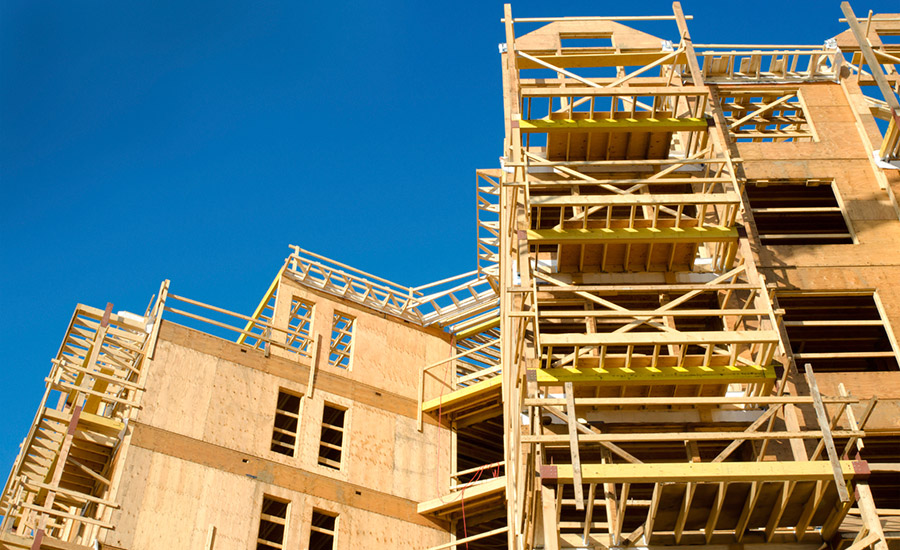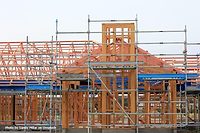Builder Confidence Drops as Housing Affordability Issues Rise
All of the major HMI indices posted declines in November 2018.

Growing affordability concerns resulted in builder confidence in the market for newly built single-family homes falling eight points to 60 in November on the National Association of Home Builders (NAHB)/Wells Fargo Housing Market Index (HMI). Despite the sharp drop, builder sentiment still remains in positive territory.
“Builders report that they continue to see signs of consumer demand for new homes but that customers are taking a pause due to concerns over rising interest rates and home prices,” said Randy Noel, NAHB chairman and a custom home builder from LaPlace, La.
“For the past several years, shortages of labor and lots along with rising regulatory costs have led to a slow recovery in single-family construction,” said Robert Dietz, NAHB chief economist. “While home price growth accommodated increasing construction costs during this period, rising mortgage interest rates in recent months coupled with the cumulative run-up in pricing has caused housing demand to stall.”
With the prospect of future interest rate hikes in store, Dietz said that builders have adopted a more cautious approach to market conditions and urged policymakers to take note. “Recent policy statements on economic conditions have lacked commentary on housing, even as housing affordability has hit a 10-year low,” he said. “Given that housing leads the economy, policymakers need to focus more on residential market conditions.”
Derived from a monthly survey that NAHB has been conducting for 30 years, the NAHB/Wells Fargo HMI gauges builder perceptions of current single-family home sales and sales expectations for the next six months as “good,” “fair” or “poor.” The survey also asks builders to rate traffic of prospective buyers as “high to very high,” “average” or “low to very low.” Scores for each component are then used to calculate a seasonally adjusted index where any number over 50 indicates that more builders view conditions as good than poor.
All of the major HMI indices posted declines. The index measuring current sales conditions fell seven points to 67, the component gauging expectations in the next six months dropped 10 points to 65, and the metric charting buyer traffic registered an eight-point drop to 45. Looking at the three-month moving averages for regional HMI scores, the Northeast rose two points to 58. The Midwest edged one point lower to 57, the South declined two points to 68, and the West dropped three points to 71.
For more information, visit www.nahb.org/hmi or www.housingeconomics.com.
Looking for a reprint of this article?
From high-res PDFs to custom plaques, order your copy today!







